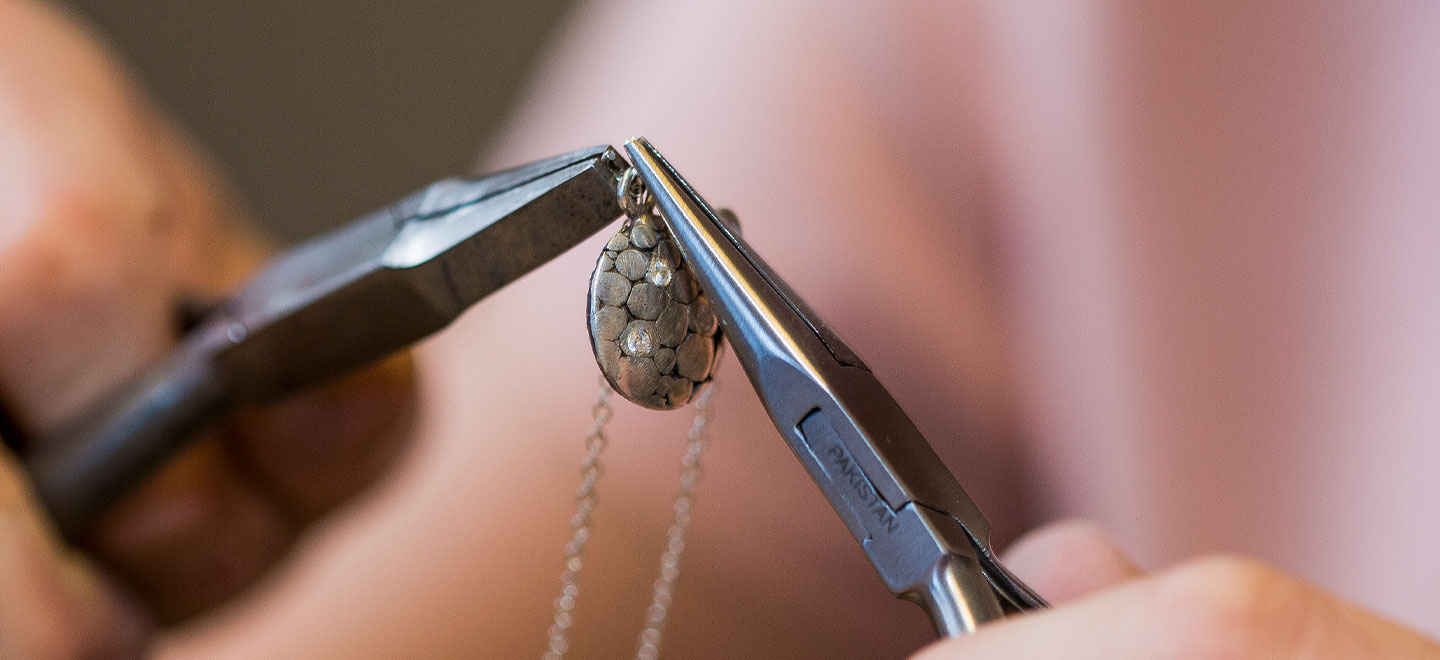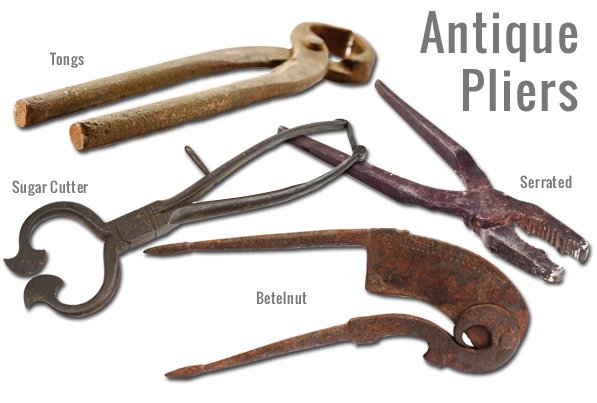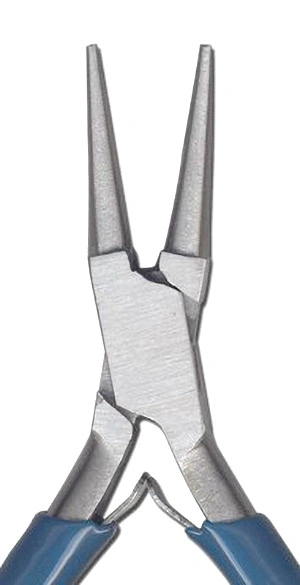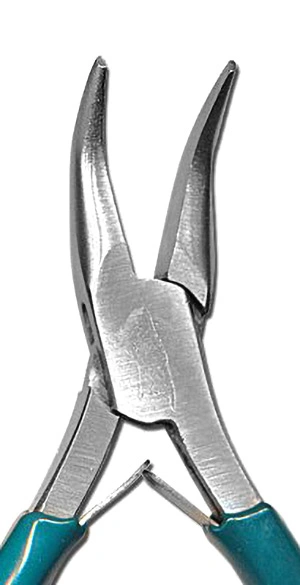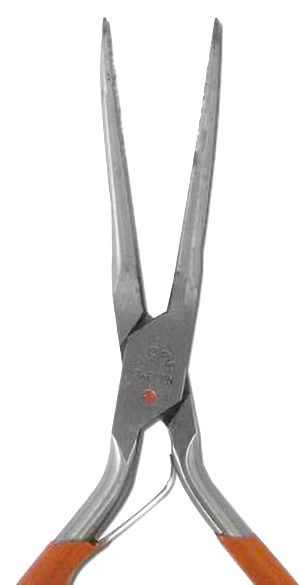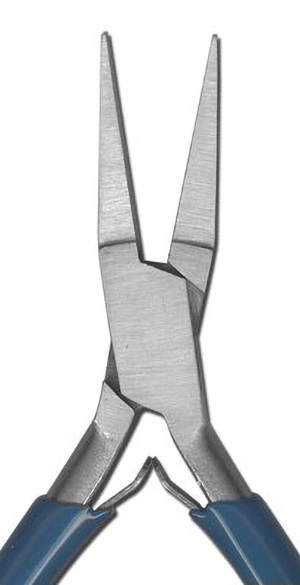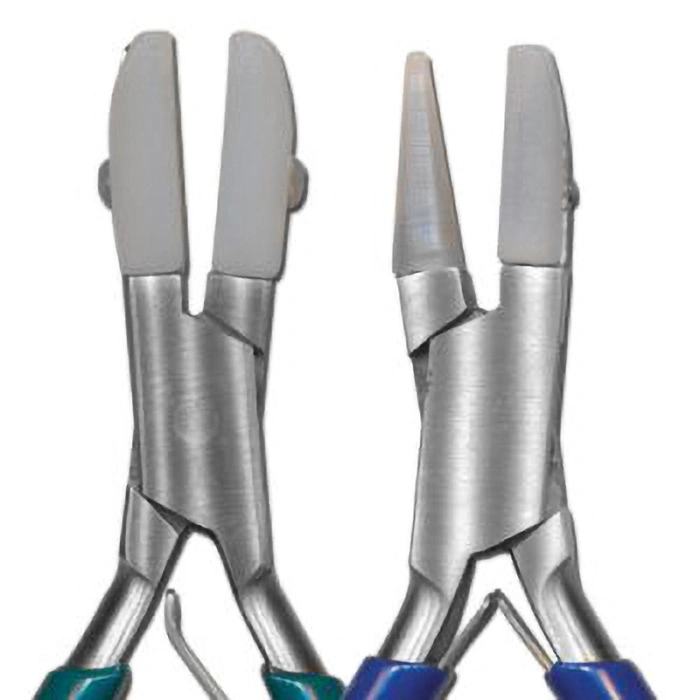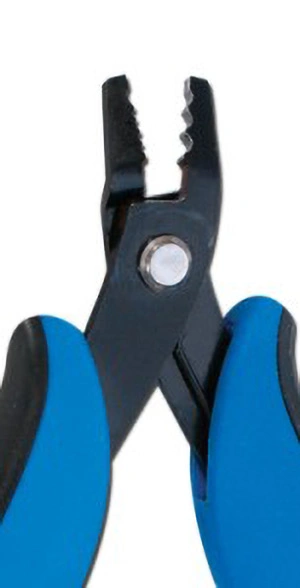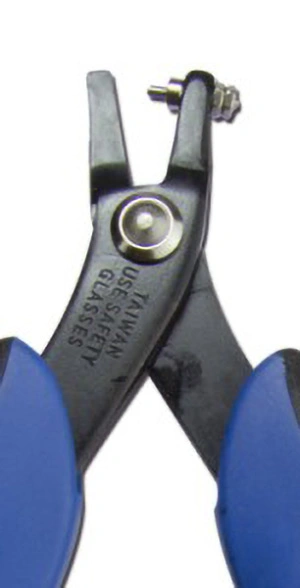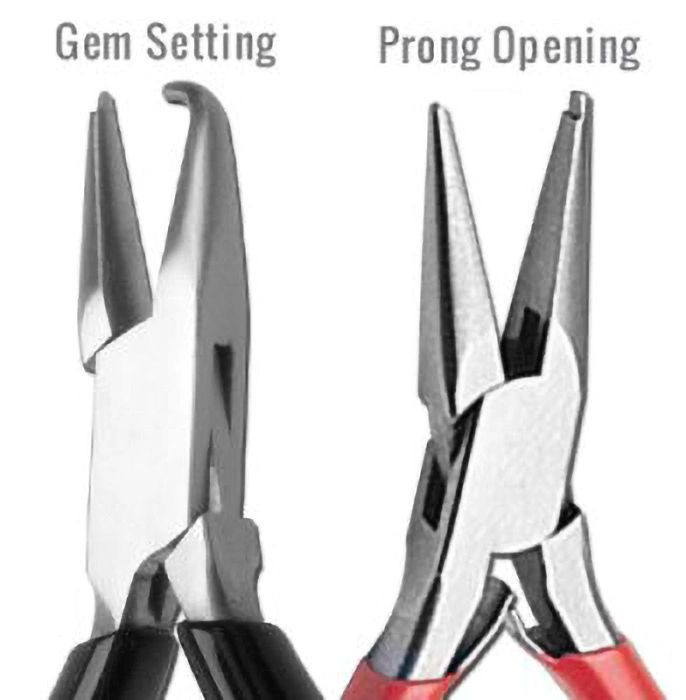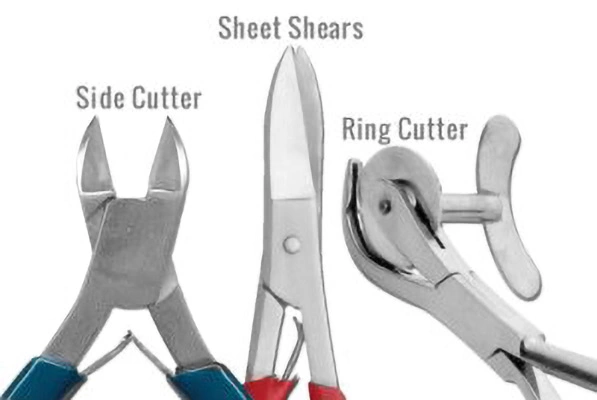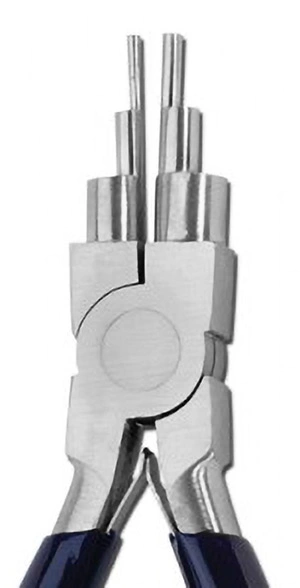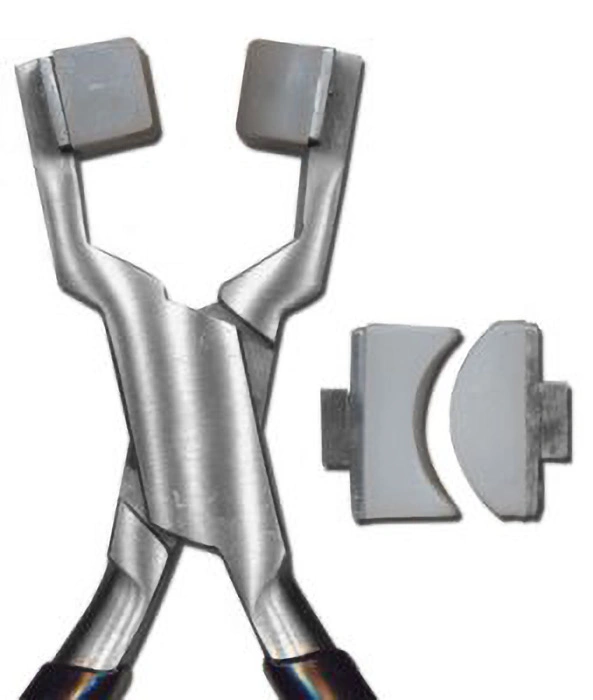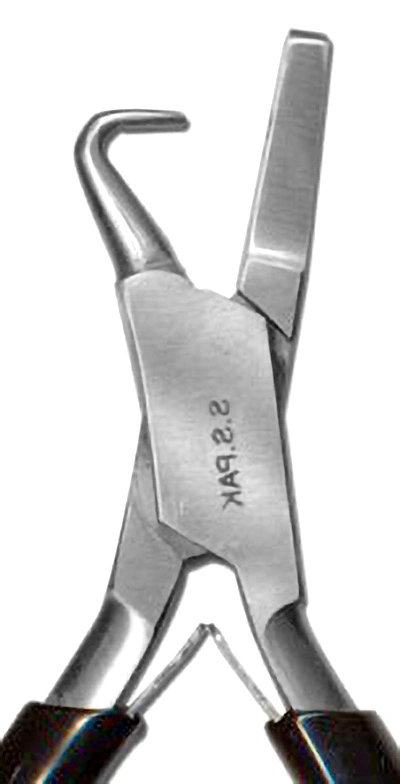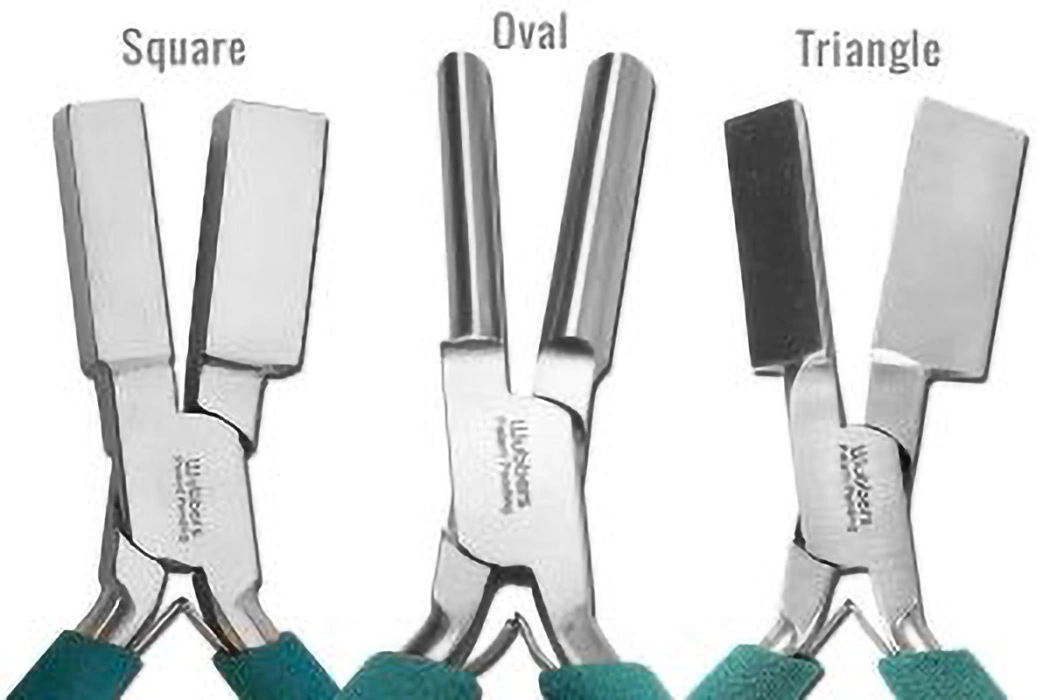There are many different types of jewelry pliers in the studio and at the bench. Here's our quick glossary guide to jewelry making pliers to help you learn the ropes!
Thousands of years of refinement generated myriad pliers for specific tasks. Scholars cannot pinpoint the precise origin of hand tools in human history though variations have existed for thousands of years. Most likely the first gripping-type tools were two individual sticks used to pull hot items out of a fire. From there early tools probably advanced into wooden one-piece implements and later into forged metal tools that included joints or pivot points. Over the centuries the designs for pliers developed within various trades: from electricians and mechanics to farriers and craftsmen. Here's a quick guide to the different types of jewelry pliers used in modern studios.
What Are Jewelry Pliers?
Jewelry pliers are small hand tools used to bend and manipulate jewelry wire and metal components. Pliers should fit comfortably in your hand and move smoothly without too much force. Pliers are one of the most frequently used jewelry tools in a studio. It is worth investing in a pair that you love since you will use them every day.
Jewelry Studio Pliers
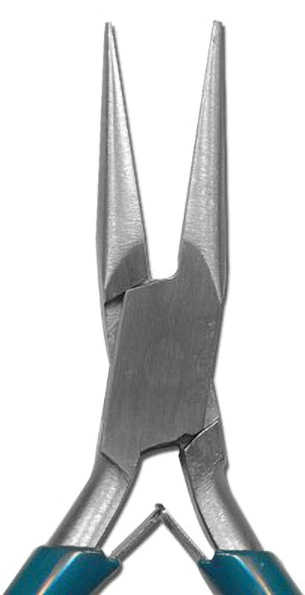
Round Nose - the jaws on round nose pliers are conical or rounded all the way around making them difficult to grip with but perfect for creating jewelry wire loops. Use caution when gripping and refrain from too much force to avoid denting metal parts. SHOP JEWELRY WIRE >>
Bent Nose- generally flat on the inside with a 45-degree angle at the nose, these types of pliers are specially built to work with awkward angles. Bent nose pliers are shaped to handle tricky areas that could put a strain on your hands and wrists. They also keep your hands, and the tool itself, out of the way so you can clearly see your focal workspace.
Needle Nose- these pliers have an especially long nose and often have a serrated jaw for a very strong grip. They are long and pointed at the tip making them handy for using on areas that are difficult to reach. Serrated jaws will scratch and mark your metal pieces so it's best to find non-serrated pliers or to plan spend extra time removing scratches from your piece.
Flat Nose/Duck Bill/Metalsmith- have a wider nose that is shaped like a duckbill instead of a narrow tip. Flat nose pliers are usually 3mm-5mm wide for a firm grip or straightening metal strips, plus you can use them for creating sharp bends in your jewelry designs too!
Nylon Jaw Varieties- nylon tips eliminate the marks and scratches that metal jaws can cause making them ideal for shaping soft metals. The only downside is that occasionally the soft nylon tips need to be replaced. It's a good idea to keep replacement jaw sets handy.
Crimping Pliers- are specifically made to work with crimp tubes. Although you can use standard pliers for this task, crimping pliers, if used correctly, create a smooth rounded crimp whereas the standard pliers do not. SHOP CRIMP BEADS >>
Punch Pliers- are types of pliers used to make perfect holes in jewelry pieces. Hole punch pliers are commonly used with blanks to create a connection or riveting holes. Punch pliers can pierce different gauges of metal sheet, but it's important to know the recommended maximum thickness before punching. Hole placement can be limited by the distance from the punching pin to the pivot on the plier jaws. These pliers work great near the edges of metal blanks but they cannot reach the center of a large circle to punch a hole. Punch pins will need to be replaced periodically as they become dull.
Setting/Prong Pliers- these pliers are important tools for gem setters. The pliers used for setting gems have jaws that are flat (some may feature a groove) and by gently squeezing the handles while the jaws are placed against the prongs you can close them around the stone. Pliers used for opening prongs have a groove at the tip of the jaw which pulls open the prong while the bottom jaw braces the piece. Both of these pliers are designed to prevent damage to the prongs and stones.
Cutters- are invaluable in your metalwork for quick, clean cuts. As most specialty pliers go, there are many varieties that are built for different gauges and jobs. Side cutters work well for round wire or wire findings. Flush cutters are best for snipping cords and beading wire. Shears are preferred for cutting silver sheet.
Looping/Coiling Pliers- have jaws that are round on at least one side. They may also feature tiers on the jaws so you can wrap the wire around them to make loops or coils in different sizes. Not only do these types of pliers speed up wire forming, but they are also great for making jump rings and eyepins, too!
Bending Pliers- allow the user to create smooth curves in bezel wire or metal strip. They can be used to shape rings, bangles or hoops, as long as the plier can handle the gauge.
Dimple Pliers- have a nose that is bent on one side while the opposite jaw has a corresponding concave indentation. With very little pressure you can create a dimple in your metal pieces without breaking through the material. Perfect for creating precise patterns in your designs without taking a chance by using a hammer and punch.
Mandrel Pliers- come in a multitude of shapes and sizes, from squares and triangles to rounds and ovals. They are designed so you can use them with your hands or a rawhide hammer while still retaining a stronghold on the piece, thus eliminating the need for a vise. They create perfect shapes in all types of metals.
Keep Learning:
Handmade Jewelry Making Techniques
Shop our selection of high quality beading supplies at Halstead!
Got questions? Email our studio coordinator at [email protected]. We'd love to hear from you. Sorry, studio support is not available by phone. Emails only, please.




